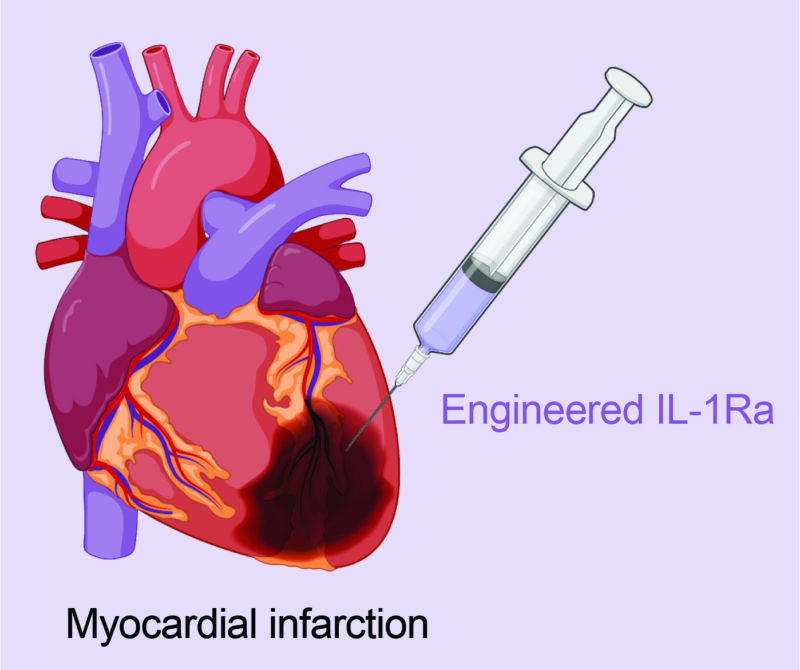EMBL Australia researchers have made an exciting breakthrough in the field of regenerative medicine, offering new hope for more effective and safer treatments.
The Martino Group, based at the Australian Regenerative Medicine Institute at Monash University and led by EMBL Australia group leader Assistant Professor Mikaël Martino, discovered a protein motif that greatly enhances the regenerative activity and safety of therapeutic proteins.
Published in npj Regenerative Medicine, the study found that the group’s engineered proteins led to better healing outcomes, including more effective diabetic wound healing and muscle regeneration, and improved healing after a heart attack.
“These exciting findings bring us closer to more effective and safer treatments for various conditions, such as diabetic ulcers, muscle injuries, and heart disease,” A/Prof Martino said.
“With further research and development, these engineered protein therapeutics could potentially significantly change the field of regenerative medicine and improve the lives of countless people.”
Therapeutic proteins, like cytokines and growth factors, have long been explored for their potential to heal and regenerate tissues, but their use has been limited due to low effectiveness and safety concerns.

To address these challenges, the group developed an optimal delivery system based on a protein-engineering approach that targets the endogenous extracellular matrix (ECM) in the tissue.
Naturally, the activity of growth factors and cytokines are often regulated by the ECM. Through a screening strategy, they identified a sequence in the growth factor called amphiregulin (AREG), that has a unique and powerful ability to bind to the ECM.
The researchers took advantage of this sequence to engineer the therapeutic proteins, platelet-derived growth factor-BB (PDGF-BB) and interleukin-1 receptor antagonist (IL-1Ra).
In animal models, the engineered protein therapeutics showed prolonged tissue retention and reduced leakage into the bloodstream.
This means that the proteins stayed in the target tissues longer, leading to better healing outcomes.
Importantly, the engineered PDGF-BB protein also eliminated a major safety concern associated with the original version.
The wild-type PDGF-BB had been linked to tumour growth, but the engineered version showed no such effect.
When delivered in skin and muscle injury models, engineered PDGF-BB significantly promoted wound healing in diabetic mice and muscle regeneration in mice with muscle loss, in comparison to wild-type PDGF-BB.
Very excitingly, when engineered IL-1Ra was delivered into the left ventricular wall of the heart, researchers observed that it improved heart function after a heart attack by promoting cell survival in the tissue and reducing fibrosis.
These findings highlight the relevance of exploiting the interactions between therapeutic proteins and the ECM for developing effective and safer regenerative treatments.
Indeed, the ability to enhance the binding of proteins to the endogenous tissue ECM opens up new possibilities for improving the healing power of therapeutic proteins and expanding their applications in regenerative medicine.
Read the full article here: ‘A superior extracellular matrix binding motif to enhance the regenerative activity and safety of therapeutic proteins’